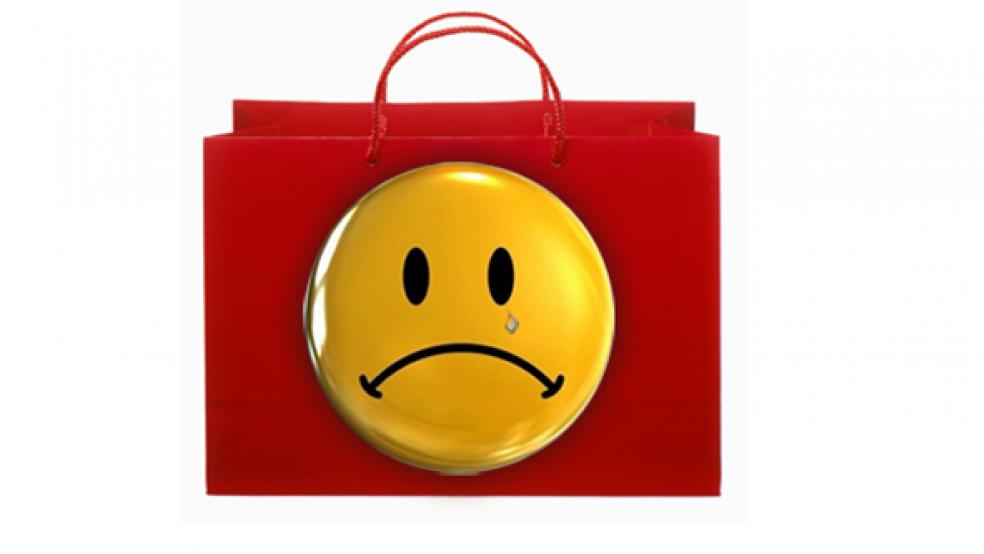American consumers have spoken — and they’re not happy. A new survey that asked people about their recent interactions with hundreds of companies found that “customer experience” has declined across all industries over the past year.
For its sixth annual “Experience Rankings,” research and consulting company Temkin Group surveyed 10,000 U.S. consumers about their experience at 294 companies across 20 industries.
Slideshow: 23 Companies Americans Hate Dealing With Most in 2016
The percentage of companies that received excellent or good ratings dropped to 18 percent from 37 percent last year. Companies with “poor” and “very poor” ratings climbed from 28 percent to 46 percent.
True to their reputations, Internet service providers, health plans and cable TV providers all earned “very poor” ratings. Health plans also had the distinction of falling the most in consumer ratings, down 8 percent from last year. The major appliance company Fujitsu ranked dead last, followed by the insurance provider Health Net. Five other health plan providers also made it in the bottom 11.
“Although all industries declined between 2015 and 2016, rental car agencies and health plans experienced the most dramatic drops,” the report says.
At the other end of the spectrum, supermarket chains received the highest consumer satisfaction rankings, with average scores falling in the “good” zone. Six supermarket chains ranked among the top 11 companies. Florida-based Publix claimed the top overall spot, with the next three companies also supermarket chains. Fast food was the only other industry to receive a “good” rating.
Slideshow: 26 Companies Americans Love Dealing With in 2016
Coventry Health Care and Con Edison of New York were the two companies that saw their ratings improve the most over the past year. Volkswagen, which suffered a cheating emissions scandal this year, and Fairfield Inn both declined the most.
In the survey, consumers evaluated their experiences at the companies on a scale of 1 to 7 based on three variables: success, effort and emotion. Success meant how well the company met consumer needs, effort meant how easy it was to interact with the company and emotion covered how the consumer felt about the interaction.
For each variable, the percentage of consumers who gave a lowly rating of 1, 2 or 3 was subtracted from the percentage who gave a strong rating of 6 or 7. The result was a “net goodness” score for each of the three components and an average of the three was used to come up with the overall Experience Rating.





